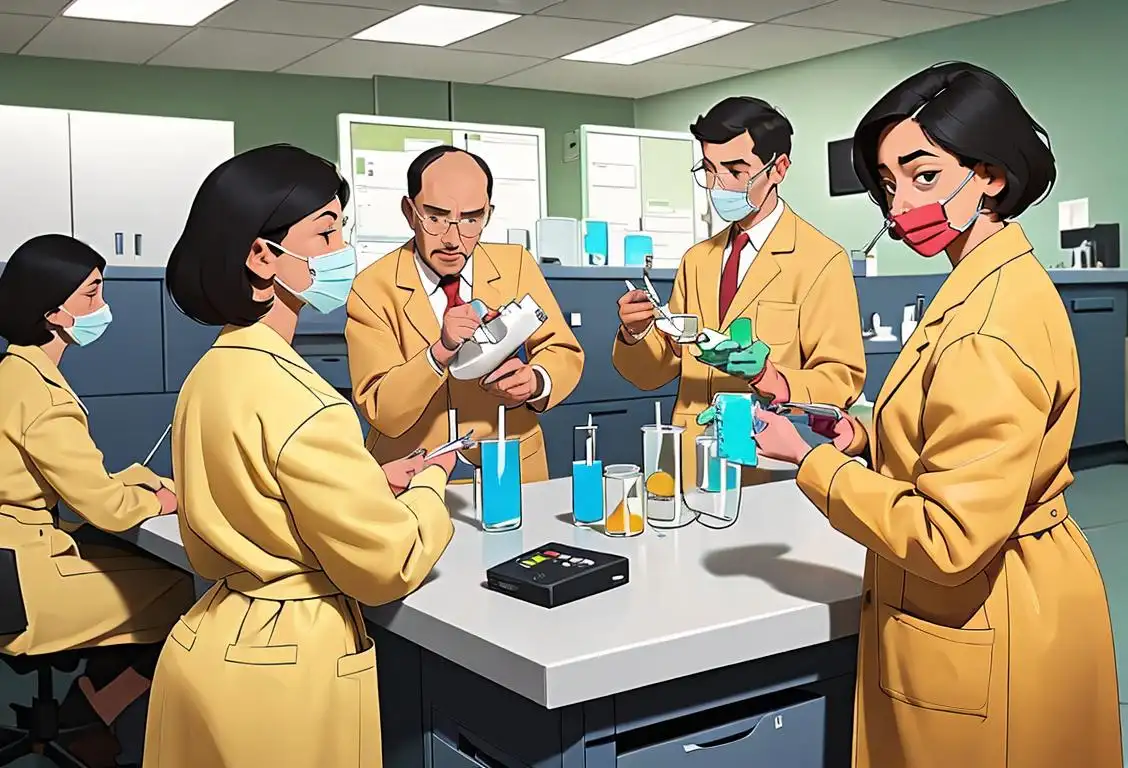National Hemorrhoid Day

Hold onto your seats (comfortably, we hope) as we delve into one of the least expected occasions to top the internet's trend list: National Hemorrhoid Day! On a day that truly proves there's a national day for everything, we celebrate - or rather, acknowledge - the existence of our rear end's not so pleasant residents.
When is Hemorrhoid Day?
It's national hemorrhoid day on the 19th October.
A Brief History
If you thought internet holiday geniuses have left no stone unturned, congratulate yourself because you're absolutely right! National Hemorrhoid Day, with a microscopic quantity of four online mentions, drew most attention on October 19, 2019. Let's shed a light on this rather uncomfortable subject, because, let's face it, none of us want to be left behind (pun intended).
The Bottom Line
On a serious note, hemorrhoids or piles, as per health lexicon, can really be a pain in the you-know-what. It serves as a reminder for all of us to take care of our total health, even the parts we'd rather not talk about at the dinner table.
Sitting Pretty for Awareness
This unusual day can be a brilliant ice breaker and awareness-spreader. In our busy lives, wellness can fall down the priorities list until a touch of mischief from our behind forces us to sit up and take notice. So even if the celebration seems somewhat uncomfortable, we all know that these rogues of our rear command some serious attention.
History behind the term 'Hemorrhoid'
1700s
The first documented usage
The term 'hemorrhoid' was first documented in the 18th century, derived from the Ancient Greek word 'haimorrhoides'. This Greek term is a combination of 'haima', meaning 'blood', and 'rhoos', meaning 'stream' or 'flow'. The original Greek term was used to describe the enlarged blood vessels in the rectum or anus, particularly those that caused bleeding.
1800s
Evolution of the term
During the 19th century, the term 'hemorrhoid' became more commonly used in medical literature. Physicians and scholars began to refine their understanding of this condition, distinguishing between internal and external hemorrhoids. The term 'hemorrhoid' started to encompass not only the physical condition but also the symptoms associated with it, such as pain, itching, and discomfort.
20th century
Advancements in medical treatments
Throughout the 20th century, medical advancements led to the development of various treatments for hemorrhoids, both non-surgical and surgical. These treatments included dietary changes, topical ointments, rubber band ligation, and surgical procedures like hemorrhoidectomy. The term 'hemorrhoid' became more widely known as discussions around treatment options increased.
Present day
Awareness and management
Today, the term 'hemorrhoid' is widely recognized, and awareness about this common condition has grown significantly. Though often a source of discomfort, hemorrhoids can typically be effectively managed through lifestyle modifications, conservative treatments, or medical interventions when necessary. Understanding the history and terminology helps both medical professionals and individuals address and treat hemorrhoids more effectively.
Did you know?
Did you know that hemorrhoids were historically treated by Hippocrates, the father of medicine, using cauterizing irons and that ancient Romans allegedly sat on hot semi-precious stones as an early remedy?Tagged
awareness fun health internet trends didyouknowFirst identified
19th October 2019Most mentioned on
19th October 2019Total mentions
4Other days
Hemorrhoid Day
Wear Red Day
School Nurse Day
Lash Day
Women Physicians Day
Drug Test Day
Kale Day
Fitness Day
No Bra Day
Frozen Yogurt Day








